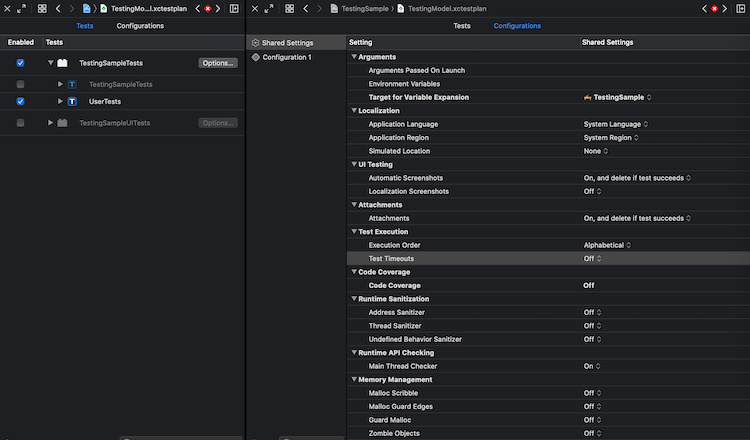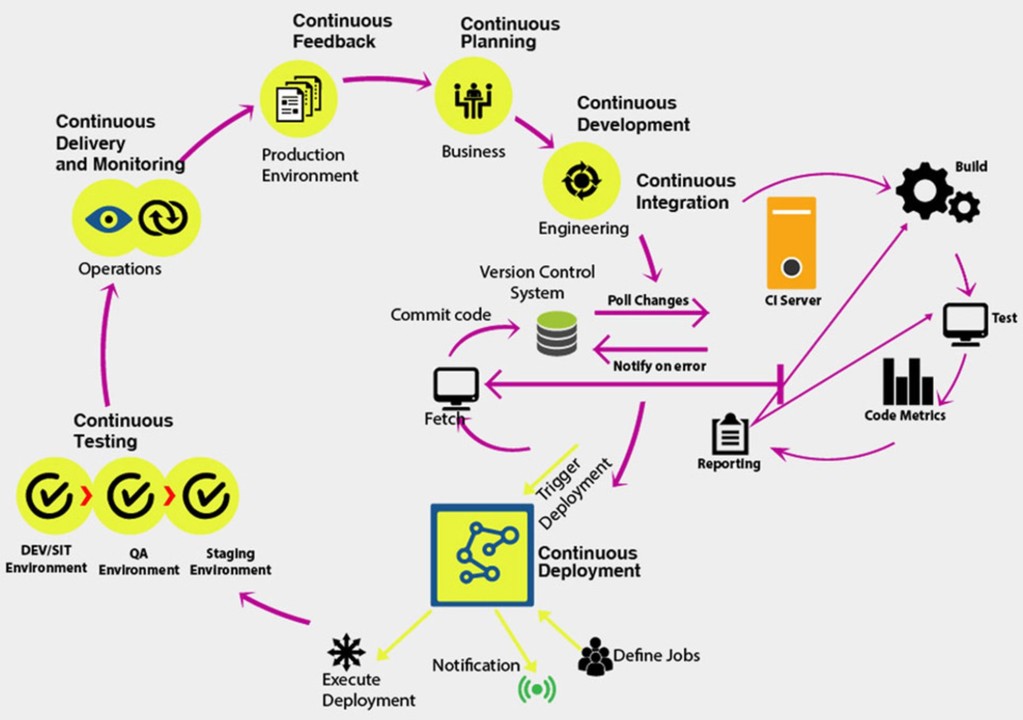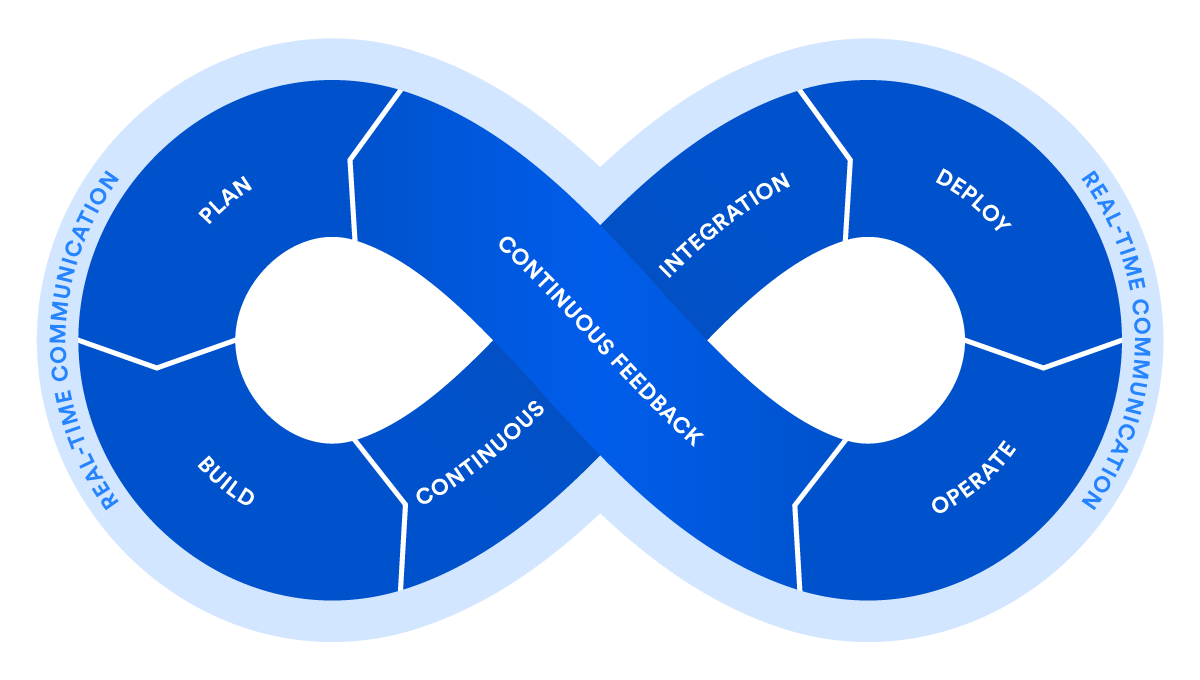
Optimize Coding: Test-Driven Development Tips for Success

Optimize Coding: Test-Driven Development Tips for Success
Test-Driven Development (TDD) is a development approach that emphasizes writing tests before writing the actual code. This methodology not only ensures robust test coverage but also contributes to cleaner, more maintainable code. Let’s explore essential Test-Driven Development tips to enhance your coding practices.
1. Understand the Basics of Test-Driven Development
Test-Driven Development follows a simple cycle: Write a failing test, write the minimum code to make the test pass, and then refactor the code while keeping it functional. Understanding this basic cycle is crucial for effectively implementing TDD in your coding workflow.
2.











